
A five-part series of engaging lesson plans for high school English to guide your students in conversations and critical thinking about “spaces” and identity.
In this post, I will tell you all about how I guide students’ analysis and reflection on how the places and spaces we occupy impact our sense of self, using Jamaica Kincaid’s “Girl.” These engaging lesson plans work online and in person.
It may be obvious by now, but I love designing curriculum. The hunt to find great, engaging, approachable-yet-challenging texts that have layers of meanings for my students to dissect. The layering and organizing of skills and scaffolds to support students in reaching the ultimate goals of the lesson, unit, and course. The final touches on documents, Slides, and other resources students will need.
All. Of. It.
I love it.
Out of necessity, I am designing a course this semester. Due to the current situation (read, distance learning), my grade-level team and I decided to work together and all teach the same 11-12 English course, the American Experience. The only issue: this course only has a semester approved for a-g (a California thing).
(Our school is unique in the freedom we have to design our courses, so all of our English courses are crafted, and recrafted, by us, the teachers in the classroom. With this freedom, we’ve designed various thematic courses that are mostly semester long, which allows our students flexibility and choice. Also with this freedom comes the responsibility of writing course outlines, curriculum maps, and the a-g.)
With that explanation out of the way, we needed to design another semester. After attending the NCTE 2020 conference, we were inspired! A common theme of the conference this year was “the convergence of self and place.”
How do the places (or spaces) we occupy, like home, work, school, and relationships, identities, labels, shape us? And, further, how do we shape those spaces?
Really, this begins as a question of identity but goes into how our identity shapes the world around us, too, which is not always discussed when considering the construction of identity.
Consequently, this “convergence of self and place” is one of our units and themes for this semester.
Thus, as I mentioned earlier, I set about hunting for texts (I plan on sharing more about the whole course plan later, so stay tuned!), essential questions, strategies, and all that.
In my search, I came across a prose poem, or in some eyes a short story, “Girl,” by Jamaica Kincaid. I’d actually read this piece before, and I’ve had it in my folder to “incorporate into a class, someday.”
Today is that day! Er, well maybe not today, but the time is now!
Theme selected, and key text found, the questions then followed:
- How do I help students dive into this abstract concept of places and self?
- How can I then guide students to transfer their thinking to analyzing the relationship between place and self in this text?
- How can I focus students’ energies onto key skills and knowledge they need to meet the ultimate goals of this course?
- How do I craft this all so it is doable with distance learning?
This took some thinking!
In the end, teaching this text, although it’s seemingly small, will take between180 and 300 minutes of in-class time. In other words, if you teach 60 minute periods, this could be 3-5 days worth of engaging lesson plans. You can also shift these lessons to fit your exact school schedule. No matter the schedule, this timing may shift depending on what you decide to assign as homework and how fast students move. However, with distance learning, I’ve found that assigning less work, and focusing more on depth than speed or breadth, leads to greater success and engagement.
Lesson 1 – Pre-reading
First in these engaging lesson plans, it’s essential to help students approach the overarching idea: the convergence of self and place. So, I suggest starting the conversation with the definition of “convergence.” The dictionary definitions of this word are interesting! Each different definition provides insight into the ideas. So, perhaps as you take attendance, you can task students with looking up the word, or you can screen share the dictionary definition.
Then, they need to consider how this concept of convergence applies to “place” and “self.” For this unit, I came up with essential questions, one of which I use during this lesson, and my favorite way to have students interact and approach essential questions is through quick writes.
I create a Google doc specifically for quick writes which they will use throughout the unit; they will add (copy and paste in) more essential questions and write in their responses. This quick write question:
How do physical spaces, such as school, home, work, influence or shape a person? How do intangible spaces, such as culture, family, labels and/or stereotypes, influence or shape a person?
Prior to sending students off to write, review the question, explain it more, and then set a timer for anywhere between 5-10 minutes and have students respond. I always encourage students to use examples from their own life or even movies/shows/books and pull in images or add in doodles to fully flesh out their thinking.
Once the timer goes off, I will have students share a sentence or two from their quick write with the class. Right now, my students prefer to share their ideas through the chat, which is awesome! They can see and read each other’s thoughts.
With these thoughts ruminating, students will then shift to group work; I prefer smaller groups of 3-4 students but do what suits your class. In essence, they will work together to consider the different “spaces” in the movies as well as the impact of these spaces on the protagonist. Prior to this lesson, I would suggest asking the class to help generate a list of movies they’ve mostly seen. Then, if teaching in person, you can have students draw the movies from a hat or bowl, or if teaching online, you can use a “choice” app such as “Decide Now!” (I use this app with student names in place of “equity sticks,” and I try to use it infrequently… I don’t like cold-calling students. My students and I jokingly call it the “Wheel of Torture!” They love/hate it!)
In short, each group has its own movie to analyze. These groups will break down the different “spaces” within the movies, such as: home, parent- or family-relationships, love/romantic relationships, internal space (mind), body, society/culture, and expectations.
Students will discuss in their groups. In these conversations, they will consider what spaces exist within the story and how these spaces influence and shape the protagonist. They will take notes and then put together their ideas into a Google Slide. They will consider the presentation, colors, fonts, text, and images in their Slide. These Slides will be shared with the whole class via Google Classroom.
I do a similar activity with movies and the hero’s journey when teaching that archetype through The Odyssey. Students LOVE it. (Want to hear about that? Let me know in the comments :).)
Lesson 2 – Reading the Text
Second in these engaging lesson plans, students need to dive into the focal text itself: Jamaica Kincaid’s “Girl.”
To start this lesson, do a whole class reading of the text. There are videos out there with readings of the text, so if you think your students would benefit from hearing it, do that! Or, you can ask for a volunteer (maybe set this up ahead of time, so they can read it with effect) or read it yourself.
Then, students will access their version of the text through whatever learning management system you’re using, whether that’s paper copies, Google Classrooms, or the like.
During class, they will read and annotate the prose poem. This could even be assigned prior to this lesson as homework! If you do this, it’s helpful to give students time to revisit their annotations prior to discussing.
Finally, students will transition to small group discussions of the poem. I suggest giving them time ranges.
- For about 10 minutes, your group will discuss your annotations themselves and your understandings/uncertainties. Try to come to an understanding as a group, working through any areas where you felt uncertain.
- Then, for 15 minutes, your group will discuss the poem in connection to our theme: the convergence of self and place, and through the consideration of poetic techniques such as structure, word choice, imagery, and the like.
- I highly suggest giving them focus questions, to help them with this. Otherwise some groups are “done” really quickly, but they didn’t really discuss anything. Want some focus questions? Check out my lesson plans!
Before the end of class, you have students write a “one minute paper.” (An idea I learned from Angela Watson’s 40 Hour Teacher Workweek course.) Essentially, students take a minute and write down their biggest takeaway from the lesson. They can do this on Classroom, on a ticket out the door, or even in a private chat.
Lesson 3 – Analyzing the text
Third of these engaging lesson plans, students need to really delve into how spaces and places function in the piece. This can be the final lesson in this sequence, or if you’d like a more formal assessment of their learning, you can extend this–keep reading to see lessons 4 and 5.
In this lesson, students will again work in small groups. This time, they will consider the impact of various spaces on the speaker of the poem. They can pull on their prior knowledge from last class, which is great! I’ve created a graphic organizer to help my students consider specific spaces. They should already have thinking done on these from their previous discussions. Specifically, I want my students to consider these spaces: home, girl/womanhood, mother-daughter relationship, marriage, society, and internal space/mind or the body.
For a good chunk of the period, students will work with their group on the graphic organizer. You can have students use one graphic organizer per group, or if you’d rather, you can have students discuss and work as a group but each take their own notes on individual graphic organizers.
Toward the latter part of the period, students will participate in a whole class discussion. There are various structures for whole class discussions. Do what serves your students best and what will lead to the most equitable participation.
During this whole class discussion, which I would not consider “formal” but it certainly could be, students will use their quick write, annotations, and graphic organizer to share their interpretations, opinions, and impressions of the text.
Before closing the class, students should summarize their thinking. One efficient and effective way to see where students are in their thinking is a one sentence summary. Students write a “one sentence statement” in which they reflect upon how “space” impacts the speaker in “Girl.”
Again, this could be the end of this sequence, and you could transition to another text and further consider this idea. It would be interesting to juxtapose this piece with one that presents a different perspective, or even with a video or nonfiction piece!
Lesson 4 – Writing (optional)
Fourth in line of these engaging lesson plans, if you’d like to continue this piece, then I suggest having students formalize their thinking and conversations into a writing piece.
If you do plan to ask students to write a piece about “Girl,” then I suggest reviewing the prompt with them earlier, unless you want to treat this as a timed write. Ultimately, it’s your call and what your students need, but if they know the end goal, they likely will read more carefully and with greater focus. They will prepare themselves throughout the discussions, so the writing will go more smoothly.
For this lesson, a continuation of the whole class discussion could work well, but with a spin: digital, formal conversations, much like they’d do in a college class with an online or hybrid component.
Because this is a digital forum, a concise writing assignment is best, around 300-500 words. Students will use the period to start their writing piece, and then I suggest letting them work on it outside of class before they publish their work. If this lines up over the weekend, all the better! If you’d like to see the prompt I created, check out my lesson plans here.
Lesson 5 – Publish & Self-evaluate (optional)
Fifth, and last in the sequence of engaging lesson plans. Students will publish their writing to the digital forum (Google Classroom). You could also have students print out their writing and post it on the wall. Or, you could spread them out randomly on desks so they can read each others’! This would create opportunity for movement in the room as they shift desks.
Once students post their writing to the forum, they would then read other students’ work. After reading others’ work, they will ultimately choose one to two students to whom they will respond.
Before they jump into responding, I would talk with students about digital citizenship and thoughtful response to others’ writing. I would have students take notes. I would also offer them a handout with guidelines and sentence frames to help structure their responses.
Lastly, I love and swear by having students self-evaluate. I would have students start on this in class, or at least review the task in class, and then have them work on it over the next few days outside of class. Ultimately, students will use the writing rubric to self-grade. Usually, students need a bit more than just a rubric, though. I would create focus questions to help students consider and hone in on the areas you are specifically assessing them.
A best practice for grading and responding to writing is to focus on specific areas, rather than looking at everything. Sure, at the end of the course, you can look at everything in their writing as a final assessment. But writing skills build upon each other. So, wherever you are in teaching writing, you should focus on what you’ve expressly taught and emphasized. These areas should weigh their grade more than other areas.
If you’d like to see a writing rubric and focus questions for this self-evaluation, look here.
After all is said and done…
Through these lessons, you’ve hit on a LOT of key standards, all while teaching a relatively “small” text that students can approach and break down. The key with this lesson sequence is the thinking.
There is balance in these lessons. The focus here is on critical thinking on a deep and complex idea. Rather than bog students down with complex ideas and an intensive text, we looked at an approachable text that has complexities they can connect with and understand. From here, with their gears already turning, you can shift toward a lengthier text that presents different challenges.
If you’d like to learn more about designing curriculum, check out my blog post here. If you’d like to hear when I release new content, lesson plans, and more, sign up for my monthly newsletter! (Scroll to the bottom and Join the List.)
I’d love to hear if you teach this text and how you do it. And, if you try out some of these ideas or use these lessons, please share your experience!
Happy teaching!
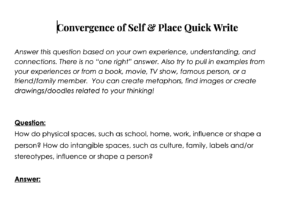
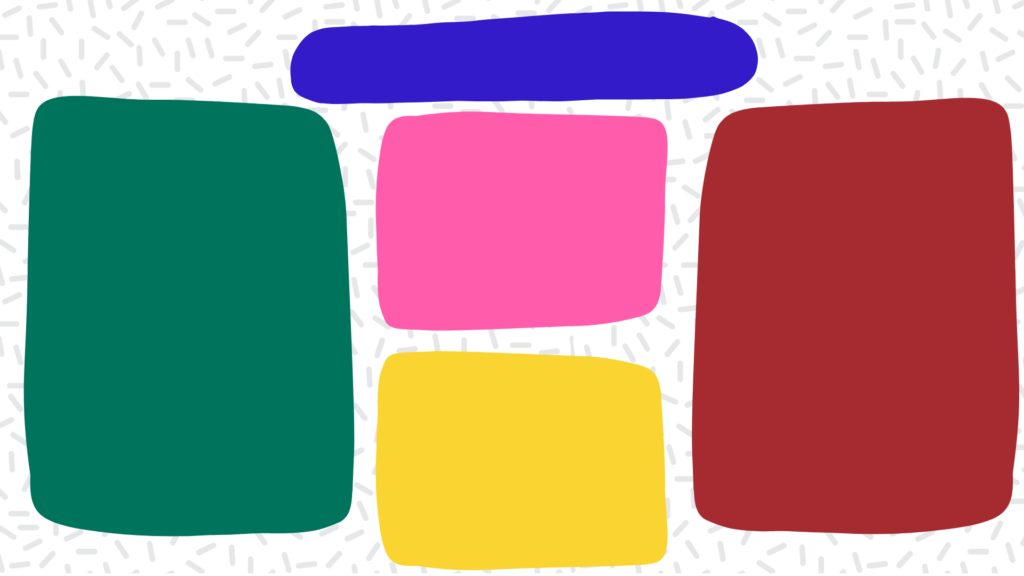
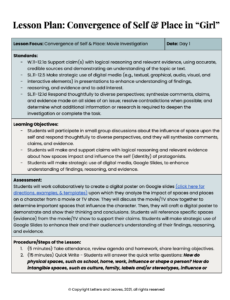
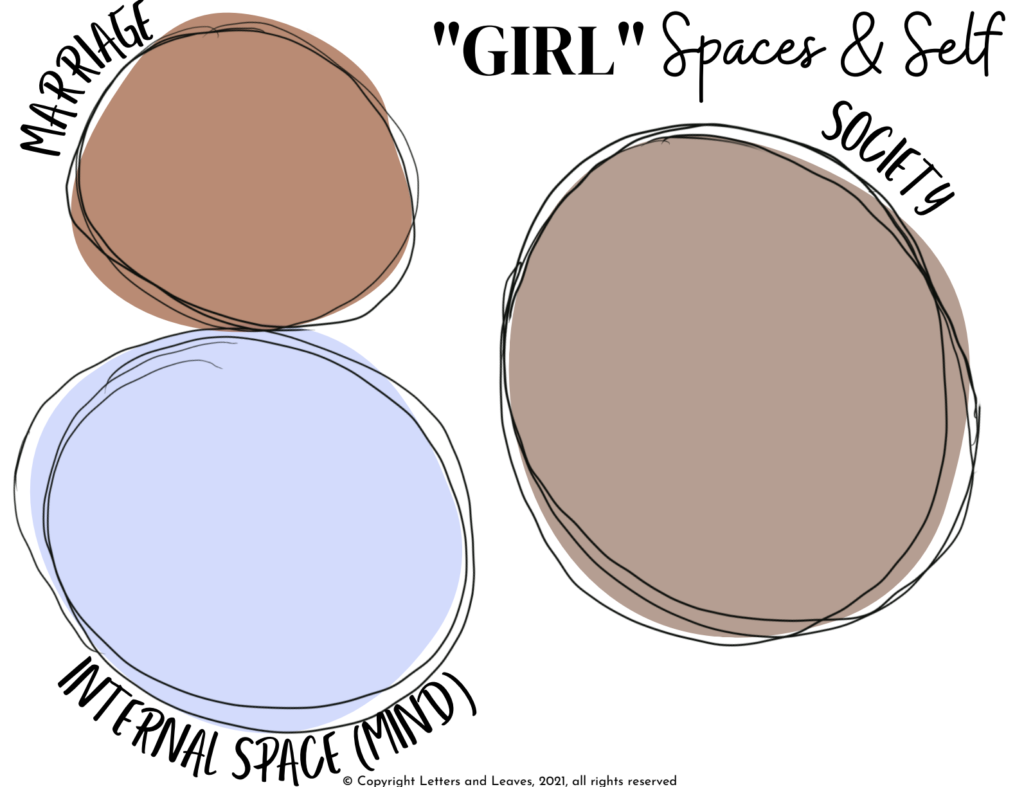
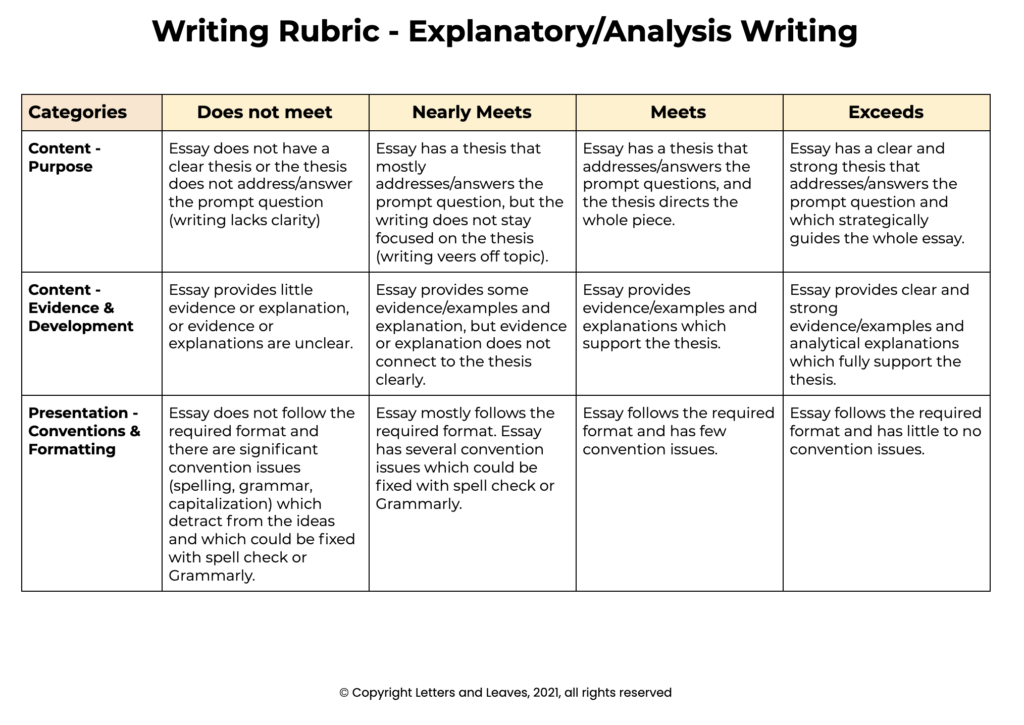
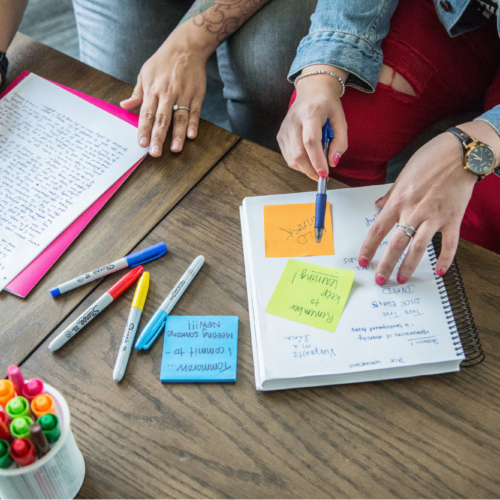 Student Writing Conferences: A Guide
Student Writing Conferences: A Guide Song Battle Project: Teaching Songs with Rhetorical Analysis
Song Battle Project: Teaching Songs with Rhetorical Analysis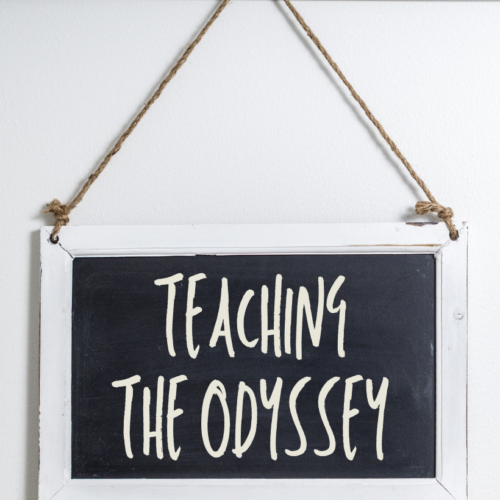 The Odyssey: A Guide to Prepping Students with Pre-Reading Activities
The Odyssey: A Guide to Prepping Students with Pre-Reading Activities